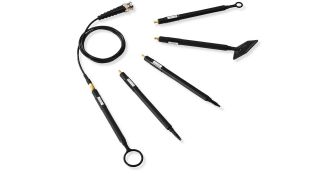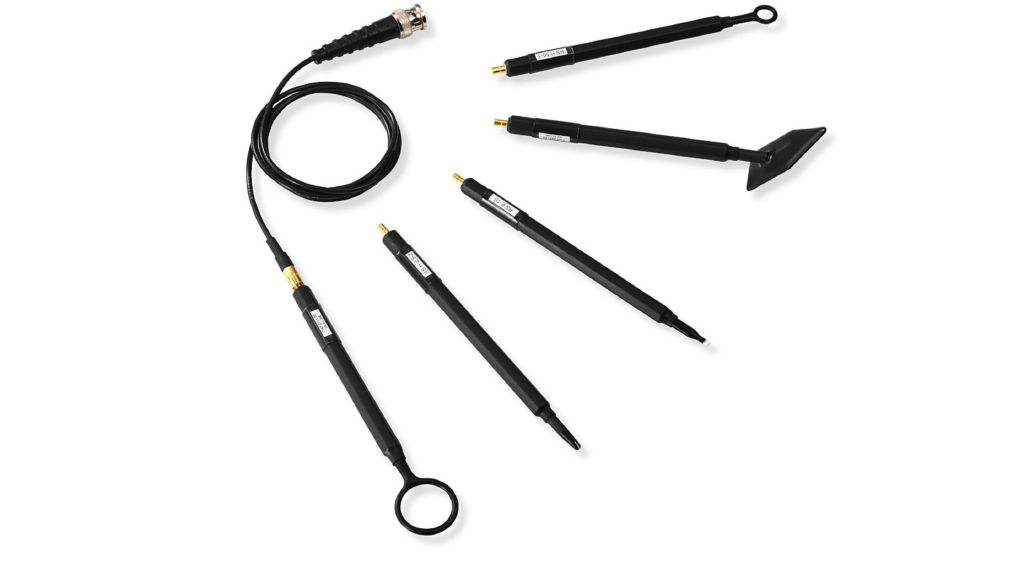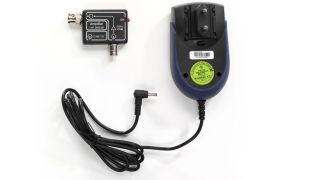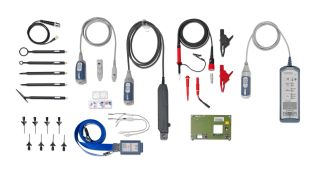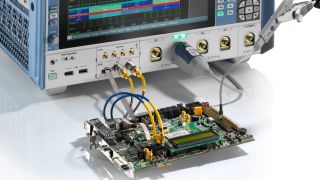R&S®Essentials | Digital oscilloscope fundamentals
Choosing a near field probe
Paul Denisowski, Test & measurement expert
Near field probes are essential tools in the field of electromagnetic compatibility (EMC) and radio frequency (RF) design. They measure and analyze electromagnetic fields, allowing you to locate emission sources and take appropriate countermeasures to reduce electromagnetic interference (EMI).
Near field probes can help you understand why certain EMC standard emission limits are being exceeded and also play a crucial role in immunity tests, ensuring that devices are immune to EMI. These probes come in a wide range of shapes and sizes, which can affect their sensitivity, frequency response and directional characteristics. Let's take a closer look at near field probes, how they work, how to use them and how you can choose the best one for your purposes.





